I have found low dose naltrexone to be a godsend to many who suffer from autoimmune diseases, seasonal allergies, certain neurological conditions, and some cancers.
Naltrexone itself was approved by the FDA in 1984 in a 50mg dose for the purpose of helping heroin or opium addicts, by blocking the effect of such drugs.
In 1985, Bernard Bihari, MD, a physician with a clinical practice in New York City, discovered the effects of a much smaller dose of naltrexone (approximately 3mg once a day) on the body's immune system. He found that this low dose naltrexone (LDN), taken at bedtime, was able to enhance a patient's response to infection by HIV, the virus that causes AIDS.
In the mid-1990s, Dr. Bihari found that patients in his practice with cancer (such as lymphoma or pancreatic cancer) could benefit, in some cases dramatically, from LDN. In addition, people who had an autoimmune disease (such as lupus, Crohn's, multiple sclerosis, and rheumatoid arthritis) often showed prompt control of disease activity while taking LDN.
How does LDN work?
A body of research over the past two decades has pointed repeatedly to one's own endorphin secretions (our internal opioids) as playing the central role in the beneficial orchestration of the immune system, The brief blockade of opioid receptors between 2 a.m. and 4 a.m. that is caused by taking LDN at bedtime produces a prolonged up-regulation of vital elements of the immune system by causing an increase in endorphin and enkephalin production.
In human cancer, research by Zagon over many years has demonstrated inhibition of a number of different human tumors in laboratory studies by using endorphins and low dose naltrexone. It is suggested that the increased endorphin and enkephalin levels, induced by LDN, work directly on the tumors' opioid receptors — and, perhaps, induce cancer cell death (apoptosis). In addition, it is believed that they act to increase natural killer cells and other healthy immune defenses against cancer.
What Diseases and Cancers Benefit From LDN?
Cancers
- Bladder Cancer
- Breast Cancer
- Carcinoid
- Colon & Rectal Cancer
- Glioblastoma
- Liver Cancer
- Lung Cancer (Non-Small Cell)
- Lymphocytic Leukemia (chronic)
- Lymphoma (Hodgkin's and Non-Hodgkin's)
- Malignant Melanoma
- Multiple Myeloma
- Neuroblastoma
- Ovarian Cancer
- Pancreatic Cancer
- Prostate Cancer (untreated)
- Renal Cell Carcinoma
- Throat Cancer
- Uterine Cancer
Other Diseases
- Common Colds (URI’s)
- Seasonal allergies
- Emphysema (COPD)
- HIV/AIDS
- Depression (Major; and Bipolar)
- Lyme Disease (LATE Stage)
Autoimmune / Neurodegenerative:
- ALS (Lou Gehrig's Disease)
- Alzheimer's Disease
- Autism Spectrum Disorders
- Hereditary Spastic Paraparesis
- Multiple Sclerosis (MS)
- Parkinson's Disease
- Post-Polio Syndrome
- Post-Traumatic Stress Disorder (PTSD) ⇒
- Primary Lateral Sclerosis (PLS)
- Progressive Supranuclear Palsy
- Transverse Myelitis
